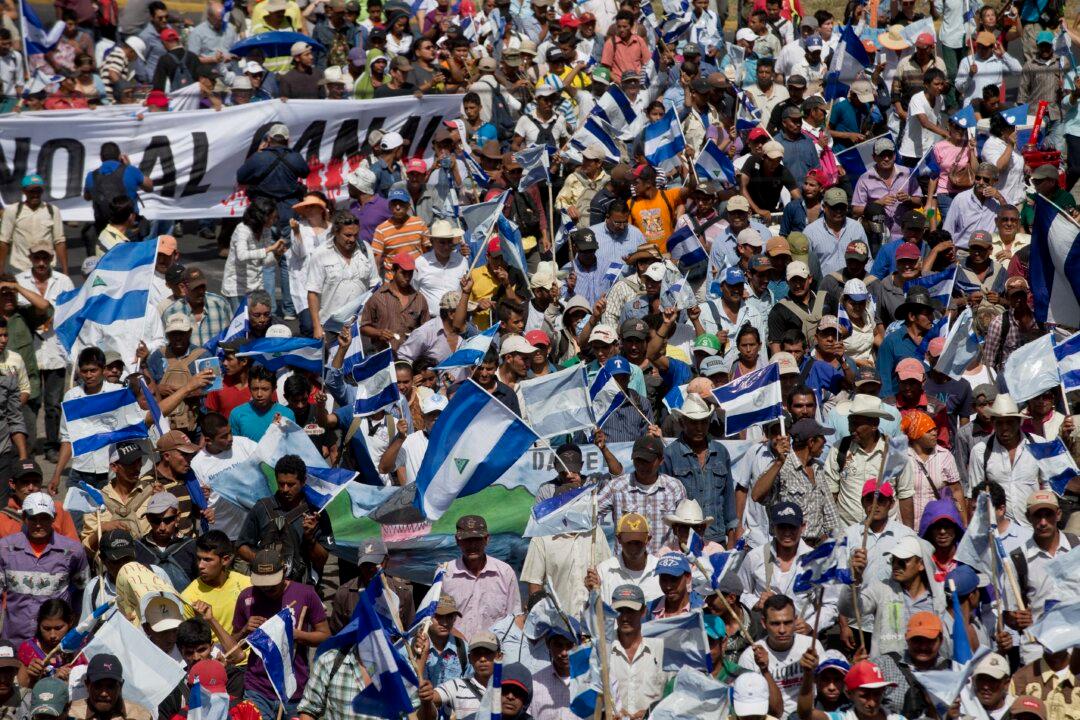RIO GRANDE, Nicaragua—As a conscripted soldier during the Contra War of the 1980s, Esteban Ruiz used to flee from battles because he didn’t want to have to kill anyone. But now, as the 47-year-old farmer prepares to fight for his land, Ruiz insists, “I’m not going to run.”
Ruiz’s property on the banks of Nicaragua’s Rio Grande sits in the path of a $50 billion transoceanic waterway set to break ground on Monday.
Nicaraguan officials will start building access roads on state-owned land as the first step in creating a canal expected to rival that of Panama — a project supporters say will directly employ 50,000 people and dramatically boost the country’s GDP.
Farmers like Ruiz insist they'll fight “until the last breath” to protect their land. Whether or not landowners do actually take up arms, Nicaragua’s government insists it is determined to push through.
MORE:
- Marchers Protest Canal Project in Nicaragua
- A Canal at What Cost?
- Canal Plans–Disaster for the Environment?
The project is slated to open a huge waterway over what is now the town of Rio Grande, an evangelical-dominated community of 2,000 people with only a dirt road amid fields of corn, beans, banana and sorghum. Everything within 10 kilometers (6 miles) would be subject to expropriation.
But the project, which opponents call President Daniel Ortega’s pipe dream, is provoking growing anger.
Many complain Ortega is giving too much away to HKND, the Hong Kong-based company set to develop and operate it. Landowners fear they'll be displaced without fair compensation. Environmentalists accuse the government of ram-rodding past mandated reviews and ignoring the threat that cargo traffic will pose to Lake Nicaragua, the country’s main source of fresh water.


